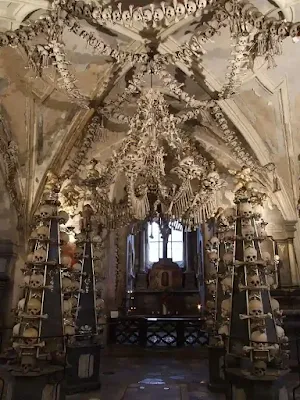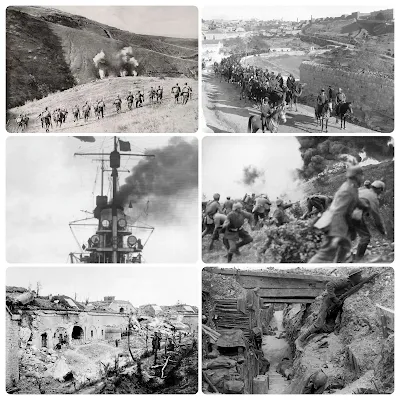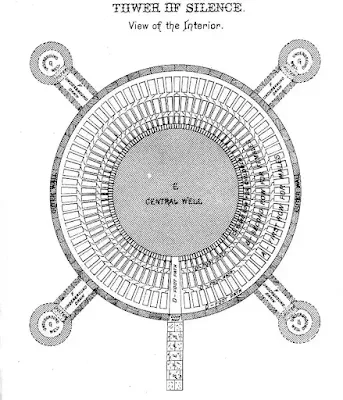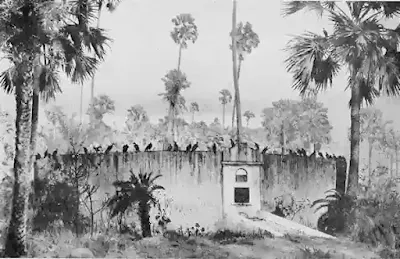What is grave recycling?
Grave recycling
Grave recycling is a practice that is followed where there is less space to keep the ashes. First, the dead bodies are kept in a casket or box, then after a few years, the ashes of the dead body are removed from the box and placed in another box. This process is called "grave recycling".You can find examples of grave recycling elsewhere in history.
 |
| what-is-grave-recycling |
Image credit:- Wikipedia Common
As:-
(1) This is a first-century box made of limestone which was used as an urn. You can see this box made of limestone in the Museum of "Royal Ontario".
 |
| what-is-grave-recycling |
Image credit:- Wikipedia Common
 |
| what-is-grave-recycling |
Image credit:- Wikipedia Common
(2) Skull Chapel is the only monument in which the bones of many people have been kept. This Skull Chapel is located in the Germana district of Poland (kudowa-zdroj) where the bones and skeletons of those people who died have been kept. Who died due to epidemics of plague, cholera, and hunger during the three "Silesian Wars" (1740 – 1763).
 |
| what-is-grave-recycling |
Image credit:- Wikipedia Common
 |
| what-is-grave-recycling |
Image credit:- Wikipedia Common
 |
| what-is-grave-recycling |
Image credit:- Wikipedia Common
(3) A similar "Sadlake Ossuary" museum is built in Kutná Hora, Czech Republic, where the bones and skeletons of about 40,000 to 70,000 people are kept. In the interior of this chapel, a chandelier is also hanging from the ceiling. which contains every bone of the human body.
 |
| what-is-grave-recycling |
Image credit:- Wikipedia Common
 |
| what-is-grave-recycling |
Image credit:- Wikipedia Common
(4) There are many ossuaries in the area around the Gallipoli Peninsula where the bones of French soldiers killed during the First World War are present.
.webp) |
| what-is-grave-recycling |
Image credit:- Wikipedia Common
 |
| what-is-grave-recycling |
Image credit:- Wikipedia Common
(5) This is a 7-8th century Persian skeleton where the Persians placed the dead body on top of the "Tower of Silence" 3000 years ago, after which flesh-eating birds (eg: vultures) pecked at the dead body.
 |
| what-is-grave-recycling |
Image credit:- Wikipedia Common
They used to eat the fleshy part of the body and later the Persian people used to collect the remaining skeleton and put it in a deep well. This whole ritual is called by the Persian people “Astudan”. Persian people still perform this ritual.
 |
| what-is-grave-recycling |
Image credit:- Wikipedia Common
 |
| what-is-grave-recycling |
Image credit:- Wikipedia Common
 |
| what-is-grave-recycling |
Image credit:- Wikipedia Common
(6) It is said that the Jewish skeletons were also kept in boxes made of selected stone, and then they were taken out and kept at different places. This is the Jewish skeleton inscription of the "Second Temple period".
.webp) |
| what-is-grave-recycling |
Image credit:- Wikipedia Common
 |
| what-is-grave-recycling |
Image credit:- Wikipedia Common
(7) There is a 6500-year-old cave of the Chalcolithic period in the city of Paikin in Northern Galilee, where the skeletons of many people are still buried.
 |
| what-is-grave-recycling |
Image credit:- Wikipedia Common
(8) There is a Roman Catholic church named "San Bernardino alle Ossa" in Milan, Italy, known for the ossuary in which the bones and skulls of many human beings are kept.
 |
| what-is-grave-recycling |
 |
| what-is-grave-recycling |
Image credit:- Wikipedia Common
It is said that in 1210, there was insufficient space in the cemetery to bury dead bodies, so the skeletons of the dead bodies buried in the cemetery were taken out and deposited in the church.

